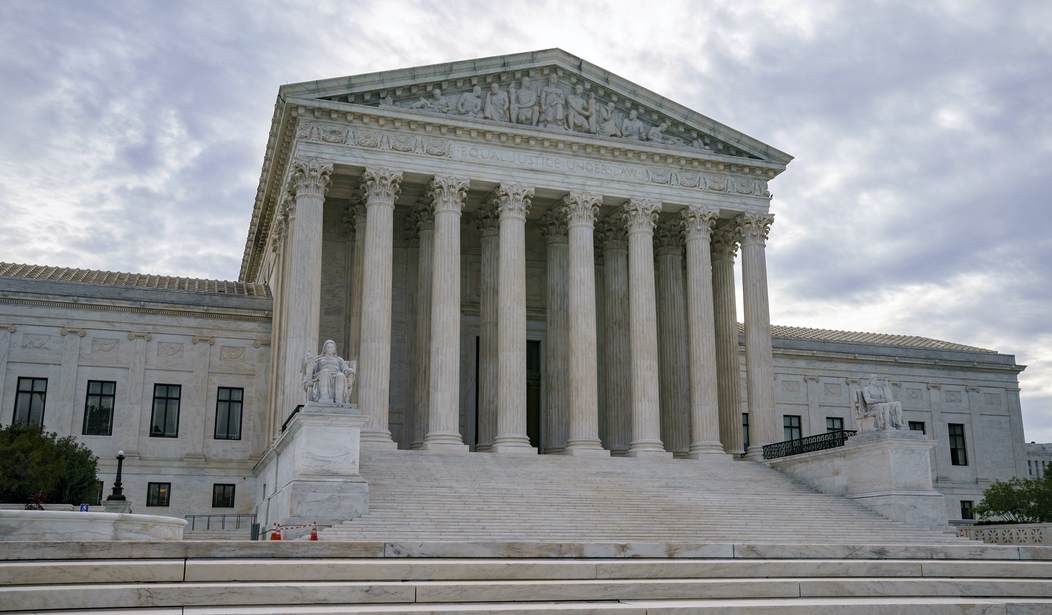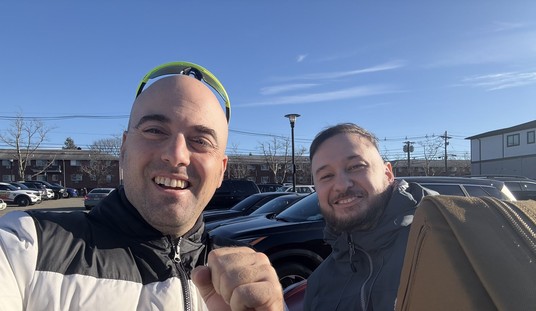UC-Davis law professor Aaron Tang has a better idea than most of us just how the Supreme Court operates behind closed doors, given the fact that he was once one of Justice Sonia Sotomayor’s law clerks. And according to Tang, the Supreme Court may have already signaled what it’s going to do with the case challenging New York’s carry laws way back when it decided to grant cert to the challenge.
Tang finds it very interesting that the Court chose to reword the question that was presented to it by plaintiffs, and in his view, the justices may be trying to scale back the scope of its eventual decision.
As the court’s docket shows, the justices first discussed the cert petition at a private conference in March, before debating it again at two additional conferences in April. In each conference, however, the conservative justices failed to produce the four votes needed to grant review. (None of the liberal justices are likely to have voted to grant the case because they almost certainly agreed with the lower court ruling upholding New York’s law).
Then, at another conference held at the end of April, the justices voted to grant the case.
What changed? The record indicates just one thing: The court rewrote the question presented, limiting it to ask “whether the State’s denial of petitioners’ applications for concealed-carry licenses for self-defense violated the Second Amendment.”
The rewritten question focuses the court’s review first to the matter of concealed-carry, rather than open-carry, licenses — a sensible move because that is the type of license for which the petitioners originally applied.
Tang may know quite a bit about how the Supreme Court works, but he should have done himself a favor and perused New York’s gun laws before writing his column for the Los Angeles Times. There’s no such thing as an “open carry license” in New York, because the open carrying of firearms is banned. Gun owners in New York can apply for either a “restricted” carry license that allows them to transport their firearms to go target shooting or hunting, or an “unrestricted” permit that allows for the permit holder to carry for self-defense.
Tang believes that the Court’s decision to change the wording of the question it will answer portends a narrowly crafted decision.
Rather than asking about the right of all law-abiding citizens to carry guns in public, the court’s rewritten question focuses on just the original two petitioners — individuals who were denied special need licenses by New York. In doing so, the justices have made clear that the specific, factual circumstances surrounding the applications will be crucial to their analysis. (Otherwise, the original question presented would have sufficed.)
What, then, are the specifics of the applications? One of the petitioners, Robert Nash, explained in his application that he needed a concealed-carry license because of a “recent string of robberies in the area” around his home, including a robbery that occurred on his street just days before he filed for the license. Yet the New York licensing authority still rejected his application. In contrast, the other petitioner, Brandon Koch, openly admitted in his application that he did “not face any special or unique danger to his life.”
By training the question presented on these facts, the court hints at an outcome that both sides in the gun debate should be able to live with.
State laws that condition the right to public carry on a demonstrated need for self-defense could be constitutional, in keeping with a lengthy historical tradition of similar laws. So New York would be free to deny licenses to applicants like Koch who lack a special need, thus substantially reducing the number of guns on the streets. But states may not utilize a special need requirement as a de facto ban on all public carry. Doing so would infringe the 2nd Amendment right of those who face real and particularized dangers — such as Nash.
The problem with Tang’s analysis is that it fails to recognize a fundamental flaw in New York’s carry laws: the general public is not seen as having a right to bear arms. Instead, in order to obtain a carry permit, an applicant must demonstrate that they have some need to carry a gun in self-defense that places them above the average citizen. New York’s law is a blanket prohibition on the carrying of firearms, with a few carveouts for those deemed by the issuing authorities to have demonstrated good cause.
Then there’s the arbitrary and subjective nature of New York’s permitting scheme. When I spoke to Robert Nash about his experience applying for a permit, he disclosed that in his home county there are five or six judges assigned at random to handle carry permit applications. Several of those judges accept a general right to bear arms in self-defense as enough of a reason to approve permits, but others rarely if ever sign off on an application; even if, in the case of Robert Nash, the applicant mentions rising crime in their community. Tang speaks of the Second Amendment rights of “those who face real and particularized dangers,” but it’s a right of the People we’re talking about, not just people in high-crime neighborhoods.
I do think it’s interesting that the Court chose to change the question presented in the case, but justices did that same thing with the Heller case back in 2008 as well, and I don’t think gun control advocates were too happy with the result. My guess is that the wording of the question presented doesn’t matter nearly as much as the language of New York’s statutes, which have clearly deprived Nash, Koch, and countless other applicants of their right to bear arms in self-defense.









Join the conversation as a VIP Member